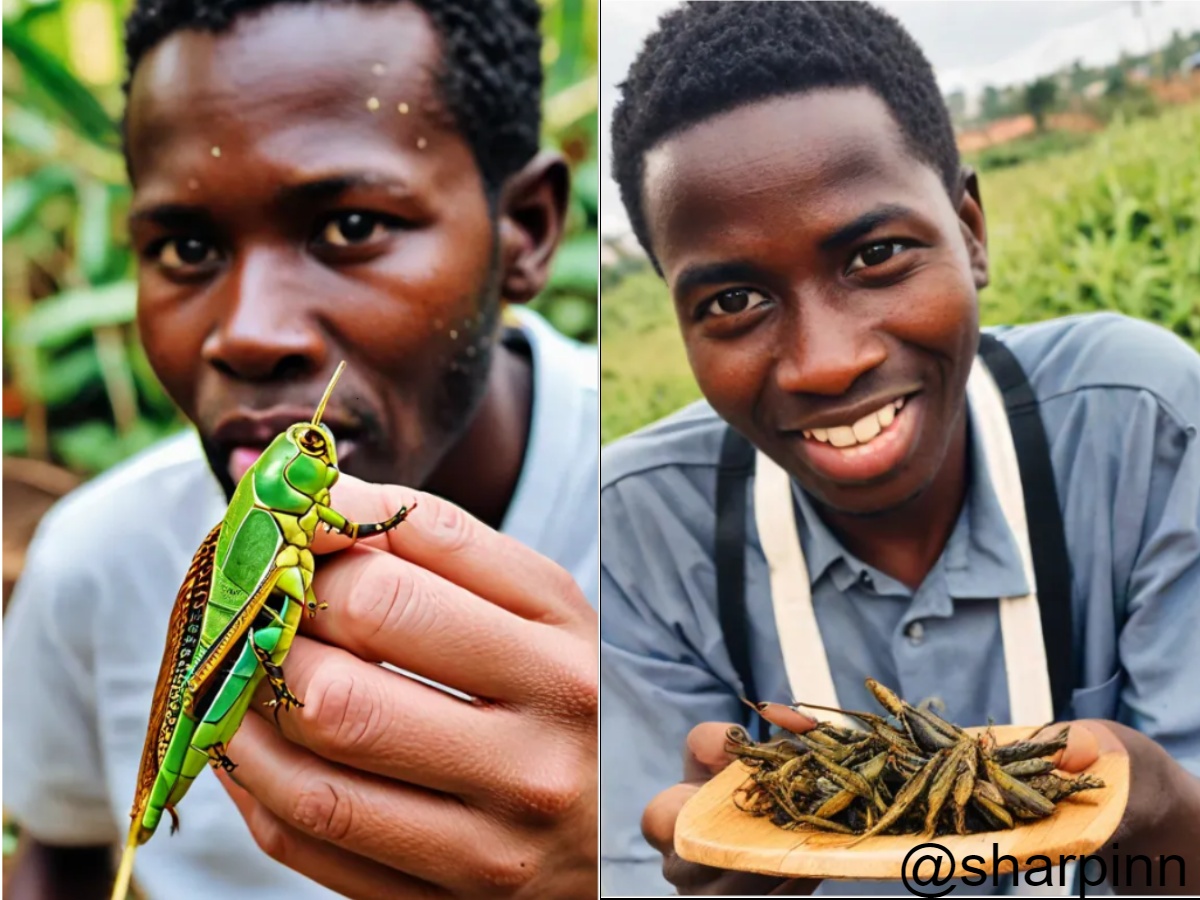One of the beauties of traveling is participating in novel experiences, and trying local cuisine is a big part of the fun. However, some foods are so exotic that even adventurous eaters may think twice. Here are some of the world’s weirdest foods, along with their backgrounds and cultural importance. So let’s get infromed about the amaizing, unique and unusual foods culture all around the world.
1. Taiwan’s Pig Blood Cake
Blood cake in Taiwan is a street market treat that literally seems to be eaten like an ice cream stick. This tastes sweet and it made from pig blood mixed with rice. It truly reflects using every part of the animal. Now, it is considered the nostalgic snack, especially during local night markets. Some people may have visual disturbance from these unusual foods, however it is quite famous in Taiwan.

2. Live Octopus, South Korea
In South Korea, eating live octopus is so common that it becomes one of the most adventurous and unique for most of the food delicacies. Sannakji, meaning “dancing live small octopus,” comprises wriggling tentacles that dance on the plate. Locals say it is showing vitality and strength, and one may take it during celebrations to boost his energy.

3. Grasshopper, Uganda
Grasshoppers are one of the main snack foods during the rainy season in Uganda. They are fried or boiled, with or without wings and legs. Also the practice has been there for centuries, surviving to this day in open markets and homes as a delicacy rich in protein.

4. Pigeon, France
In France, pigeon known as squab, is considered a gourmet delicacy. Unlike the pigeon roaming the streets of most cities, these birds are bred for their tender flesh. Traditionally, the use of pigeon in cooking dates back several hundred years in French cuisine and is often used in fine dining restaurants.
5. Durian, Malaysia
Durian is a smelly fruit and is quite polarizing in Malaysia. While some hotels have banned it, many Malaysians just love its creamy, doughy taste. It’s feted at Durian festivals when fans congregate to feast on an array of Durian-based delights. By the way, i am also one of them who doesn’t like this only because of it’s smell.

6. Lutefisk, Norway
Lutefisk is a Norwegian traditional dish of dried fish marinated in lye. For days, the preparation is done until it achieves a jelly-like consistency. Though lutefisk is regarded as a taste divided, during Christmas, it has relevance as it is considered part of their cultural heritage.

7. Grubs, Australia
Grubs are the larvae of edible moths, specifically witchetty grubs. These protein-rich delicacies were once a real staple in the diets of the Australian Aborigines. Today, they are hailed as Indigenous Australian cuisine and often feature in some gourmet restaurants.

8. Snake Wine, Vietnam
Snake wine is actually a traditional Vietnamese brew that is believed to have medicinal healing properties. It involves immersing a whole snake in rice wine, sometimes along with scorpions. However it has a quite a strong-flavored drink, it gets consumed at a great pace. Anyway, it remains highly celebrated in Vietnamese culture.
9. Donkey, Italy
In Italy, slices of donkey meat are often consumed prosciutto-style. In fact, it has traditionally constituted part of rural Italian diets. Nowadays, it is available in some bars and delis, particularly in Northern Italy, where it is prized for its distinctive flavor.

10. Ostrich, South Africa
Ostrich meat is a low-cholesterol, high-protein meat hailed by many. One is bound to get a number of ostrich farms in South Africa, with the meat used in burgers or steaks or even as biltong. It represents a fit alternative to traditional meats and thus gains favor worldwide.
11. Hákarl, Iceland
Hákarl is a traditional Icelandic dish of fermented shark. During the fermentation process, the shark is buried under the sand for many months, then it is hung out to dry. This peculiar preparation yields a pungent, ammonia-rich flavor celebrated at the midwinter festival, Þorrablót.

12. Balut, Philippines
Balut is essentially a fertilized duck egg, with a young chick inside, that’s boiled and eaten from the shell. In the Philippines, it is considered one of the favorite street foods and is believed to be an aphrodisiac mainly enjoyed as a high-protein snack during night markets.
13. Casu Marzu, Italy
Casu Marzu belongs to the Sardinian cheese family and includes live larvae of insects. These are very useful in fermenting the cheese, guaranteeing that it will be soft. It is a polemic dish viewed as a delicacy, usually eaten during special times.
FAQs
What is Pig’s Blood Cake?
It is a Taiwanese street food where pig’s blood and rice are mixed and served on a wooden stick.
How is Live Octopus eaten in South Korea?
Live Octopus, otherwise called Sannakji, is served with the tentacles still wriggling and is eaten quickly for its fresh taste.
Why is Durian banned in some Malaysian hotels?
Durian is a very odoriferous fruit. It smells so badly that some hotels will not allow it inside their building, but yet it seems to be a local favorite.
What is Lutefisk’s importance to Norway?
Lutefisk is a traditional food in Norway. As a matter of fact, it is consumed in large quantities during Christmas and showcases Norwegian gastronomic tradition.
How does Vietnam make Snake Wine?
Snake Wine is rice wine infused with a whole snake, but sometimes other creatures like scorpions, and is believed to have medicinal properties.
Where one can get the Ostrich meat?
The Ostrich meat is everyday meat in South Africa and is being consumed eagerly worldwide due to health benefits associated with the meat.
These unusual foods are representative of the diversity that culinary traditions show across the world, all having a history and cultural value of their own. Although you’re an adventurous food lover, or if you’re just interested in learning about other cultures, these unusual foods can give you a peek at some of the various cultures around the world.

